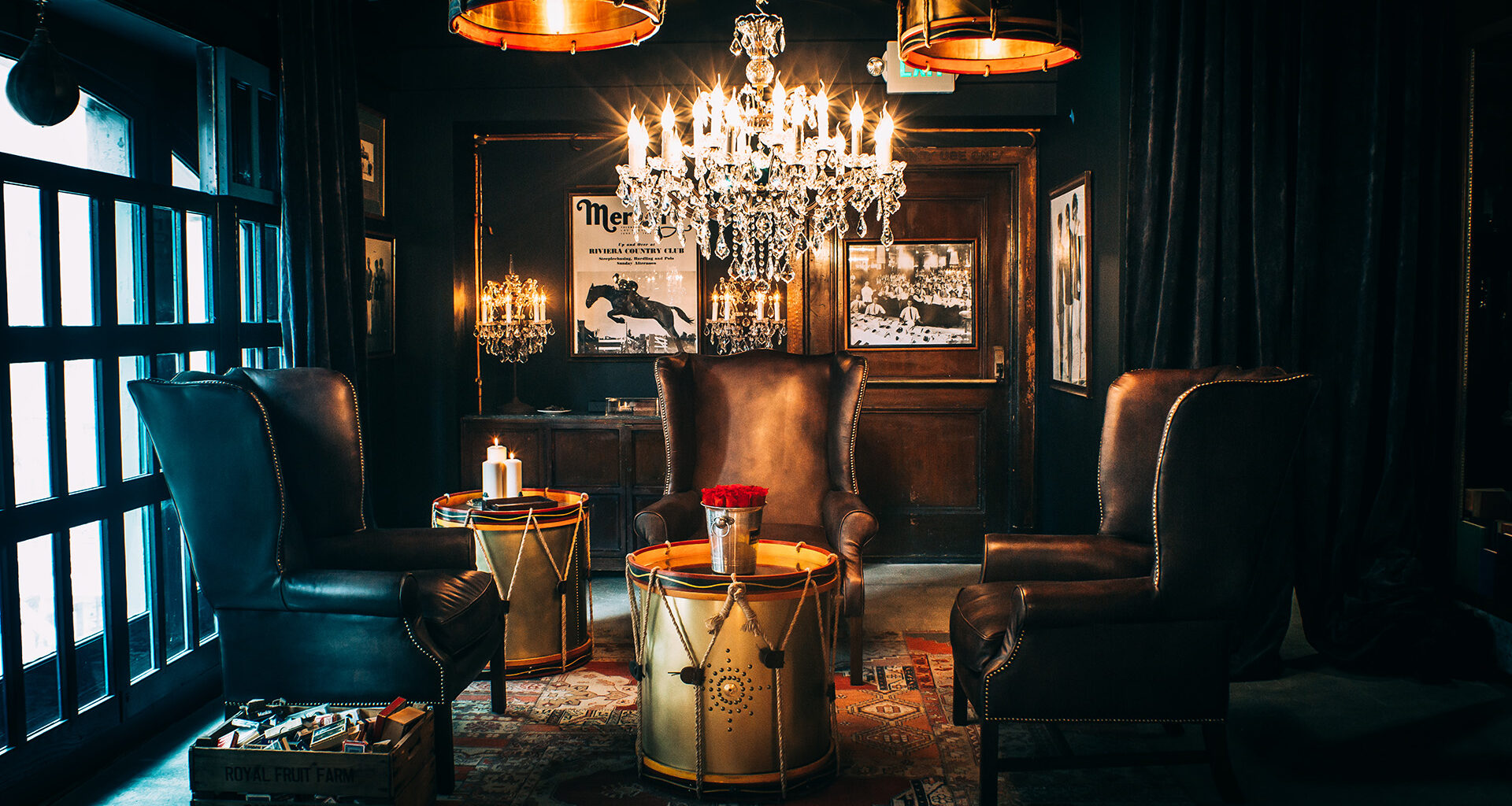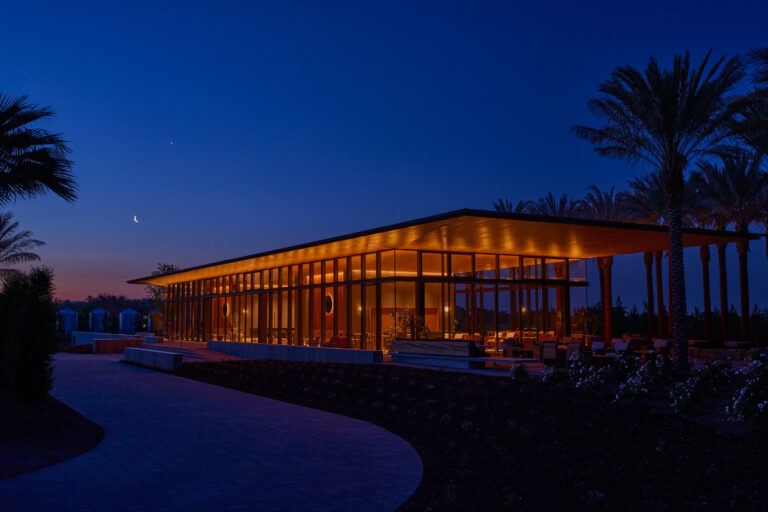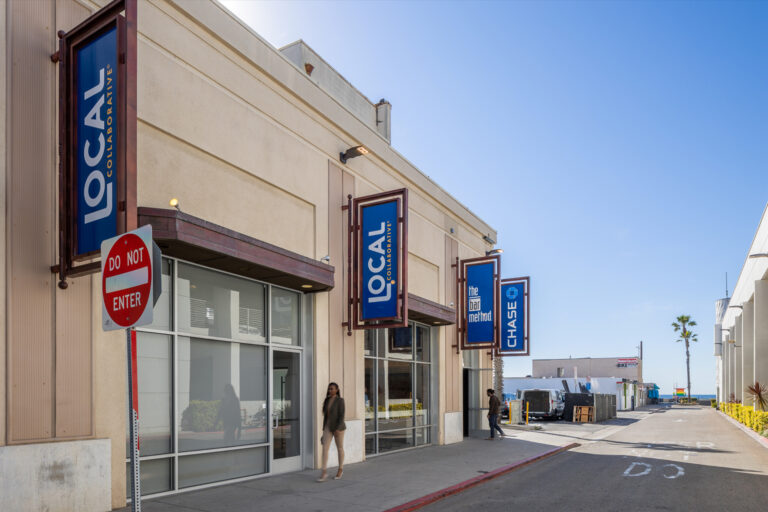Table of Contents
- In a remake for the modern-day, British designer Timothy Oulton turns his vintage touch on Los Angeles Club’s Blue Room
- What drew you to the Blue Room?
- What was your vision for the space—the overall narrative you wanted the design to express?
- How is the Blue Room a reflection of your brand of design?
- What is the thinking behind the finishes and accents?
- Are there elements from the original Blue Room in the remade space?
- What are some of the other highlights?
- How do you approach giving a heritage space a modern feel?
- What will visitors to the Blue Room be surprised to discover?
- What are your impressions of the Blue Room as it stands today?
- How do you think the Uplifters would feel?
In a remake for the modern-day, British designer Timothy Oulton turns his vintage touch on Los Angeles Club’s Blue Room
When it comes to local heritage, few landmarks are as rich in history as Los Angeles Athletic Club (LAAC), the city’s first private club with roots in the Gilded Age. Still glittering, LAAC cuts a wide cultural swath from its berth in bustling downtown. Among its offerings are a boutique hotel, a spa and eat-and-drink concepts that include the Blue Room.
What originated as a clubby salon for LA lime-lighters is now the vibrant reinvention of tastemaker Timothy Oulton, who has graced the speakeasy-like space (clandestine entrance included) with his signatures: sophisticated whimsy, modern elegance and unbridled élan. Here, the designer delves into this most dashing overhaul.
What drew you to the Blue Room?
Heritage and authenticity are hugely instrumental in everything we do, so this was an exciting collaboration, to put our stamp on such an iconic landmark. We’d known Cory Hathaway—whose family has been running the LAAC for six generations—for a couple of years. He was a fan of Timothy Oulton products, so we had this mutual interest to work together for a while, to create somewhere really special.
What was your vision for the space—the overall narrative you wanted the design to express?
The building is steeped in over 100 years of heritage, so it was important to preserve the history of the club, but marry it with something modern and daring. Each area is designed to create a place that can hold a meeting, a small private dinner, watch a vintage movie; or you can take over the whole space and have a really private party.
The LAAC really shaped the history of the city; some of the most influential people met there and forged new enterprises. The design transports you to another era, the excitement of Prohibition, the history of the club told through [the] memorabilia.
How is the Blue Room a reflection of your brand of design?
The idea of hosting—building inspiring spaces where people can relax together and connect—that’s what our collections are all about, whether it’s in your own home, or in a space like the Blue Room. Our aesthetic always leads back to our core values—everything begins with authenticity.
We mixed our furniture with vintage pieces from LAAC’s own archives, and we used a black color palette as the backdrop for everything else to shine on. Our approach was sort of the opposite of ‘less is more;’ we wanted that sensory overload, somewhere you can escape to, somewhere that inspires you and that you remember when you walk out.
Given the legacy of the Blue Room, how much research did you conduct?
We spent a lot of time researching their archives and picked out the images we felt most reflected the vibe of the club—these are the framed images on the walls. All the memorabilia that we found in the basement—the trophies, books, and art—pays homage to the history of the club, and that was always incredibly important. We want people to walk in and feel inspired, and also that they’re surrounded by history.
What is the thinking behind the finishes and accents?
When we came in to do the project, LAAC had been completing its renovations and we discovered this secret stairwell on the third floor; it had been hidden since Prohibition times and totally forgotten about.
We knew straight away that we wanted to make it the main entrance to the Blue Room. We built a trick bookcase on the third floor that opens when members swipe their card, leading them up into the Blue Room. It keeps a sense of humor and playfulness to the project, it really tells a story.
Are there elements from the original Blue Room in the remade space?
One special thing we did was to plant 10 or 12 different books written by original Uplifters [a men’s social club] of LAAC in the Pillar of Knowledge—the special column of books that we’ve built in the center of the room.
What are some of the other highlights?
Each separate space has its own feel. As you walk in, these big comfy leather wing chairs are centered around side tables inspired by military drums, it’s a cozy place to chat or maybe have a game of cards. In another corner, the Westminster Union Jack sofa gives that quintessential British flavor, and there’s a movie projector so you can enjoy some old black and white classics.
The bar is next to a chunky Boston dining table, for conversation over a whiskey or cocktail, and you can store whiskey from The Macallan’s ‘by the bottle’ list in your own private locker. It’s a very warm, welcoming space for people to come together.
How do you approach giving a heritage space a modern feel?
I think the design is always interesting when you have this collision between heritage and modernity. There is a deep respect for tradition, but we’ve given it a playful twist—classic chandeliers are hung with rope, vintage trophies filled with wheatgrass are displayed, Chesterfield-style sofas are finished in distressed denim. It’s a more relevant, modern viewpoint on tradition.
What will visitors to the Blue Room be surprised to discover?
The detail, the surprises around every corner, especially the vintage pieces—from the historic photographs to sports trophies and equipment. Our main goal was to create a space that people will remember and walk out feeling different.
What are your impressions of the Blue Room as it stands today?
The room is a hub, a meeting place, a spot for business to happen, but also a place to celebrate. It’s not like anywhere else in the LAAC—it’s a club within a club.
How do you think the Uplifters would feel?
The original Blue Room was the social branch of the club, a place of real camaraderie. I’d hope the original members would see the same qualities in the Blue Room today, somewhere that you can visit and be surrounded by history, and somewhere that will become part of your own.
Blue Room
Los Angeles Athletic Club
431 West Seventh Street, Los Angeles, CA 90014
www.timothyoulton.com
Photography by Antonio Diaz




